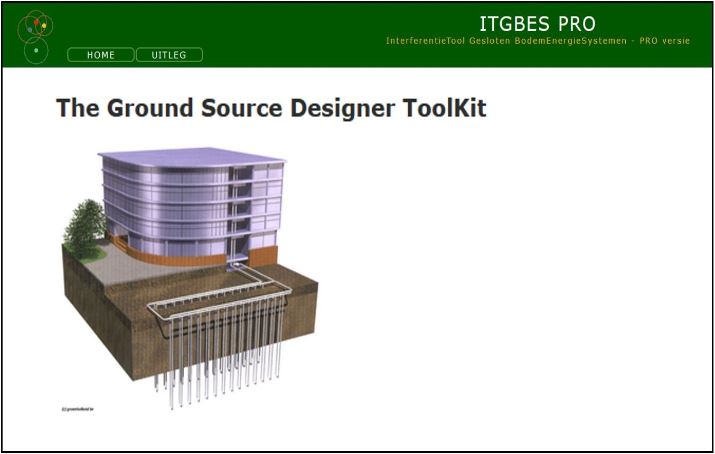What is thermal interference?
An electric heat pump with a borehole heat exchanger (BTE) is energy efficient, because the BTE extracts the vast majority of the energy from the ground. This energy extraction from the ground cools the BTE and conduction causes heat from the area to flow in the direction of the BTE. When installing multiple ground source energy systems in close proximity to each other, it must be determined whether these systems influence each other in the ground. This is called thermal interference – see the right image.
The Dutch law does not always allow thermal interference. Thermal Interference can not only occur between BTE-systems, but also Aquifer Thermal Energy Storage (ATES) must also be included in the study. A thermal interference effects study must be carried out when reporting or permitting for a ground source energy project in the Netherlands.


What if there is thermal interference?
In almost all shallow geothermal energy projects, where multiple geothermal energy users are in close proximity to each other, a degree of thermal interference can occur. The effects can be small and the consequences for the efficiency of the ground source heat pump installation for the end user are often marginal. However this aspect should be taken into account in the design process to prevent problems in the future.
If, according to the thermal effects study, there are significant effects, you can change the design of the systems to reduce the occurring temperature effects happening now and in the future. A designer can compensate for the loss of ground energy, by drilling a number of extra meters or by improving the energy balance.